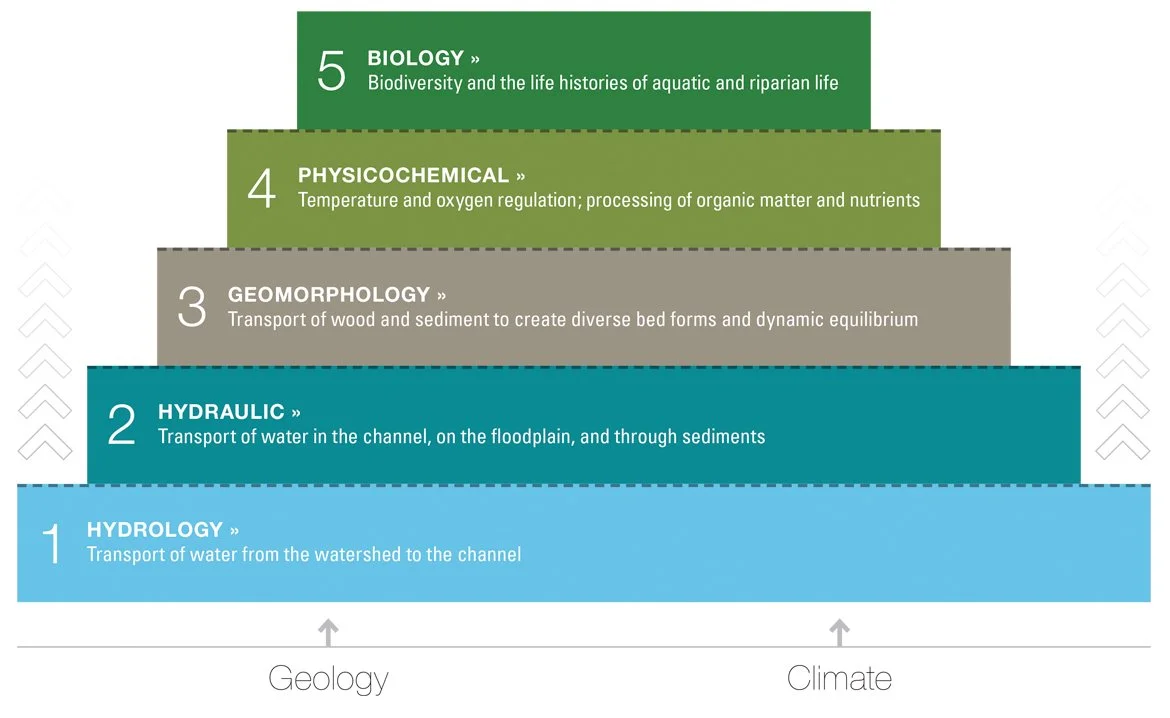The Seasonality of the Stream Quantification Tool (SQT)
What do we do in the Upper Midwest when winter hits? When the leaves change and the snow flies, if you are using the Stream Quantification Tool (SQT) to evaluate, plan or monitor your stream restoration project, the monitoring period for the physiochemical and biology parameters has ended. According to our SQT parameter and sampling calendar, those sampling periods close from the end of August through September 15.
Figure 1 : SQT Parameters and Sampling Calendar by Midwest Wetland Improvements, LLC
Don’t despair if you missed it and still want to work on a prospectus for a new stream mitigation bank project. We found taking single grab samples sufficient to capture a snapshot for the initial submittal. With the potential to find other monitoring information near your project and our experience with other streams we can start the process and submit a prospectus to the MN Technical Evaluation Panel (TEP) or WI Interagency Review Team (IRT) that will evaluate and regulate your mitigation bank project.
Monitoring is required after construction of a mitigation bank for a minimum of seven years. Likely, it will be for 10 years or longer, since stream mitigation is still fairly new to Wisconsin and Minnesota. If the success of your restoration project—or proposed Functional Feet of credit of your mitigation bank—depends on improvements in the top two levels of the Stream Functions Pyramid, we should start planning your monitoring program today.
Figure 2: Harman et al. 2012 (A Function-Based Framework for Stream Assessment and Restoration Projects) https://stream-mechanics.com/stream-functions-pyramid-framework/
These physiochemical parameters (temperature, dissolved oxygen, and total suspended solids, and biology parameters like macroinvertebrate and fish Index of Biotic Integrity’s), have very specific protocols for sampling. Our team of water quality scientists and biologists are available to help you plan a specific program for your project, purchase the required supplies and equipment, and complete the sampling to provide the current scores for your SQT monitoring.



